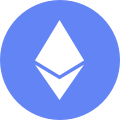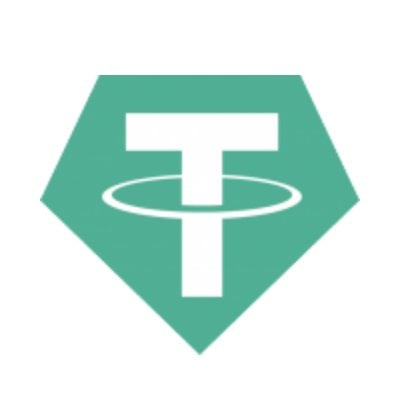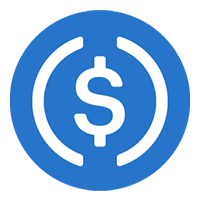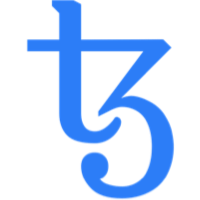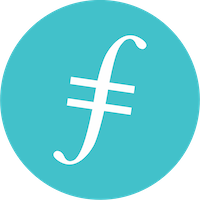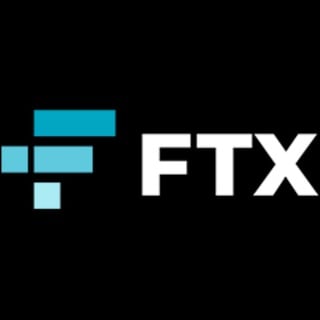

(1).png)
需要速度吗?主要交易员和场所如何看待当今加密货币市场的延迟
摘要
交易所一直在努力减少延迟,而云服务巨头AWS则为加密货币机构提供主机代管服务 。

币界网报道:
One Trading, the crypto exchange that emerged as a spin-off from Bitpanda earlier this year, recently unveiled its upgraded platform for crypto traders. Its key selling point? Speed. On its website, One Trading boasts that it’s the “fastest trading venue in the world.” It had Amazon Web Services test the claim, comparing its round-trip of 112 microseconds favorably with CME and London Stock Exchange Group’s Turquoise venue. While all users can access One Trading’s APIs, institutions can go a step further by purchasing colocation services — accessing even faster trading speeds. Josh Barraclough, CEO of One Trading, said the idea is to empower customers “with unparalleled advantages in the competitive world of crypto trading.” Even after the cleansing effect of a year-long crypto winter, One Trading comes into a crowded market for crypto exchanges. The sector recorded $826 billion in monthly volume in November, according to The Block's Data Dashboard. There is a clear need for newcomers to differentiate. One Trading has chosen to hang its hat on speed, but opinions differ among executives as to how critical a factor speed is in today’s more than decade-old crypto market. Some of the oldest and largest players by volume still see speed as a key battlefield, while others are more concerned with ensuring the battlefield is even. The heavyweight exchanges Kraken, launched in 2013 and very much part of the old guard in crypto, today accounts for around a fifth of the market for crypto exchanges supporting U.S. dollar transactions. This year, the company has embarked on a campaign to upgrade its technology — with latency front of mind. A spokesperson for Kraken said that as the market has matured, so too have its traders, creating a need “for increasing speed to remain competitive and access liquidity.” “Since 2011, Kraken’s engineering team has continued to enhance the scalability and overall performance of the exchange. We’ve managed to make further improvements to trading latency, reducing it by over 95% in the past 18 months,” they added. In April, Kraken announced the impending launch of a new FIX API for spot market data and trading — which is now live. The idea was to give institutional traders an industry-standard API, making it quicker and easier for institutions to begin trading. “Investing in improvements across the tech stack enables Kraken to offer a faster, reliable, more liquid and fully featured trading experience for all our clients, fulfilling our role as a bridge to the crypto ecosystem. This has been particularly important in recent weeks with the increased market activity and volatility,” Kraken’s spokesperson said. Coinbase, Kraken’s great rival in the U.S. dollar market, did not dismiss the need for low latency — but placed a greater emphasis on creating a level playing field for all market participants. Coinbase is still the 800-pound gorilla in the U.S., with around 40% of the market, per The Block’s Data Dashboard. Harsha Bhat, a senior director in software engineering at the firm, said Coinbase gives a wide variety of clients “access to one of the deepest pools of liquidity of any regulated crypto spot exchange through low latency, high throughput APIs and an advanced trading interface.” “As a centralized exchange built cloud native, we provide our clients with equal, fair, and transparent access to our matching technology, market data, and APIs and even publicly display our availability zones,” Bhat added. It’s a far cry from talk of carving out “advantages” for traders based on microsecond head-starts. But while Coinbase and Kraken cater to institutions, they also have millions of retail customers to consider. Not so with newer entrants to the market — even if they do serve retail. The key question for such upstarts is whether institutional clients are hungry for an edge in terms of speed. The view from trading desks THE SCOOP Keep up with the latest news, trends, charts and views on crypto and DeFi with a new biweekly newsletter from The Block's Frank Chaparro By signing-up you agree to our Terms of Service and Privacy Policy EMAIL Also receive The Daily and our weekly Data & Insights newsletters - both are FREE By signing-up you agree to our Terms of Service and Privacy Policy Max Boonen, founder of the market maker B2C2, sees pockets of demand for exchanges that offer low latency. “When a market participant has a speed advantage, it can make more money than others,” he said. He pointed out, however, that speed is not the only driver of price discrepancies that HFT firms might seek to exploit. Structural inefficiencies, such as the so-called Kimchi premium — which refers to when crypto prices are quoted higher in Korean won than in other currencies — are another example. “Speed is one of those advantages that some firms are willing to pay a lot of money for, but for the market as a whole it doesn’t make a huge difference,” Boonen said. “Speed only matters to a handful of players.” Still, cloud servicing giants like AWS seem to be positioning themselves to win the business of that handful. Mark Hingston, chief technology officer at Auros, an algorithmic trading and market making firm focused on crypto, said cloud providers are “always innovating in this area” — pointing to new services rolled out in the past year by AWS. He said AWS recently launched PTP (Precision Time Protocol) for a subset of its EC2 machines — virtual servers — making it easier for both platforms and traders to access extremely accurate timing. Hingston also pointed out that, as of last year, AWS has allowed traders and venues to share an EC2 Cluster Placement, meaning their servers are located as close to each other as is physically possible within AWS facilities, minimizing the time it takes to insert and cancel orders. “Overall, cloud providers are becoming more aware of the benefits of working with HFT traders in crypto markets,” Hingston said. “As a result, they are willing to customize solutions or host deep dive sessions that help traders understand how to get the best possible latency on their connections to exchanges.” A spokesperson for AWS declined to comment on these services. For Hingston, lower latency systems allow traders to provide more competitive quotes, which will in turn narrow spreads. “It not only contributes to improved price discovery but also enhances market efficiency, ultimately reducing the overall cost of trading for all participants,” he said. Looking for a level-playing field Some trading firms appear more concerned about the ways speed mismatches may disadvantage them, however. Jordi Alexander, CIO of Selini Capital, said, “As a HFT market-making firm trying to provide deep liquidity, we ideally are looking for venues to provide a level-playing field when it comes to latency. This allows us to protect ourselves from toxic taking flow, and thus be able to quote large limit orders without constantly getting picked off.” Alexander said a toxic trading environment can emerge in two ways. The first is the result of networking. “Given most of the price discovery is happening in large hubs, especially Tokyo AWS, if the exchange matching engine is in a geographical location that gives 1 or 2 firms a specific networking advantage due to their private microwave routing, that creates toxicity. For example, if the venue is in London, if someone has a unique link for Tokyo-London that can overwhelm competitors,” he said. Alexander’s second example concerns exchanges giving certain players direct access to their trading engine. “If a firm that does a lot of liquidity removal is given advantageous access, that can imbalance the equilibrium and result in worse execution possible for everyone as the liquidity provided is having to be more defensive,” he said. From Flash Boys to today Debates over how to balance traders’ demand for premium speeds with a fair market structure are not new, nor are they unique to crypto. They’ve been going on since before the publication of Michael Lewis’s Flash Boys, a book about HFT outfits and dark pools on Wall Street, which debuted in 2014. Most crypto traders likely care far more about reliability than getting their orders filled faster than anyone else. As Bhat put it, latency is important, but Coinbase strives “to couple low latency with a deterministic experience to provide the best trading outcomes.” There remain, however, enough HFT firms and cutting-edge venues to keep AWS interested in the speedier corners of the crypto sector. Disclaimer: The Block is an independent media outlet that delivers news, research, and data. As of November 2023, Foresight Ventures is a majority investor of The Block. Foresight Ventures invests in other companies in the crypto space. Crypto exchange Bitget is an anchor LP for Foresight Ventures. The Block continues to operate independently to deliver objective, impactful, and timely information about the crypto industry. Here are our current financial disclosures. © 2023 The Block. All Rights Reserved. This article is provided for informational purposes only. It is not offered or intended to be used as legal, tax, investment, financial, or other advice.
 赞
赞
分享










.png) 416
416
 收藏
收藏

发表评论

暂无评论

相关阅读
币界百科
币界资讯
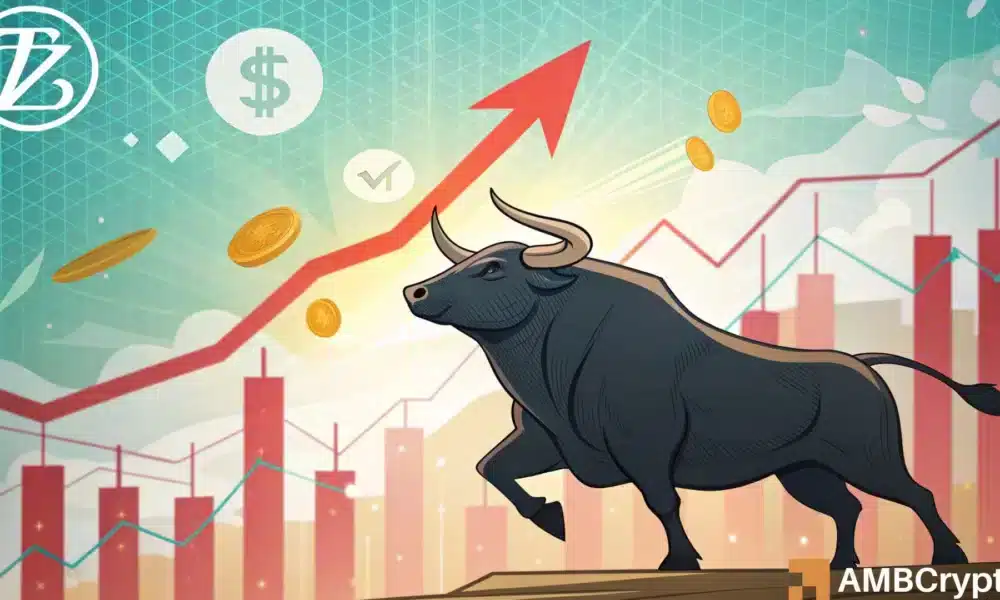
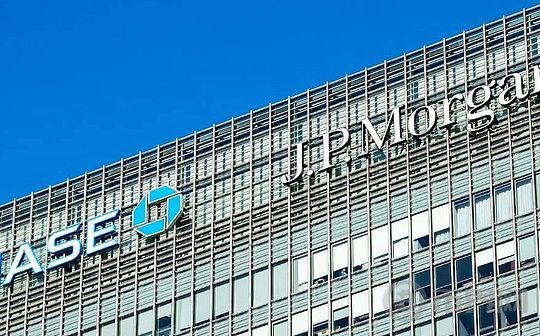



随着质押者和核心开发者齐心协力提升网络容量,以太坊的 Gas 上限正在不断提高。与此同时,该山寨币的价格
区块链
2025-07-21 07:45:30
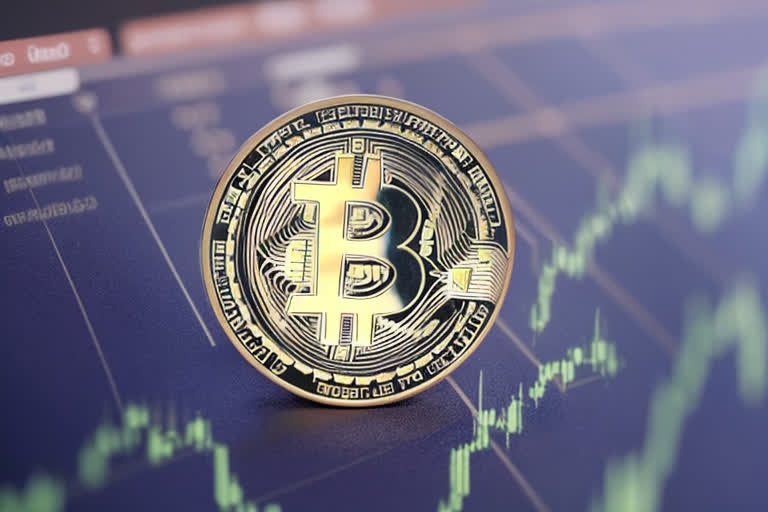
在加密货币交易领域,SEKOIA交易平台与ATR交易所备受关注。SEKOIA交易平台以其独特的交易模式和功能吸引着众多投资者。而ATR交易所则依托Artrade项目,其原生代币ATR币近期市场表现不错,引发投资者关注。本文将对这两个平台进行深入剖析,探讨它们的特点、优势,为投资者提供全面的参考,帮助大家在加密交易中做出更明智的选择。
区块链书籍
2025-03-07 13:32:50

今日,艾达币(ADA)再度成为加密货币市场焦点。据区块链网实时行情早报,BOSS Wallet数据显示,艾达币价格突破1.0747美元/枚,日内涨幅达2.03%,交易量为88.01亿。从k线图看呈震荡趋势,价格和交易量同步上升,反映市场买盘强劲、情绪高涨。不过威廉指标显示超买。此前在3月3日,因特朗普宣布将其纳入美加密货币储备,涨幅一度超65%。当前投资者可适当加仓,但需警惕超买风险及市场波动。
交易所百科
2025-03-07 19:06:26
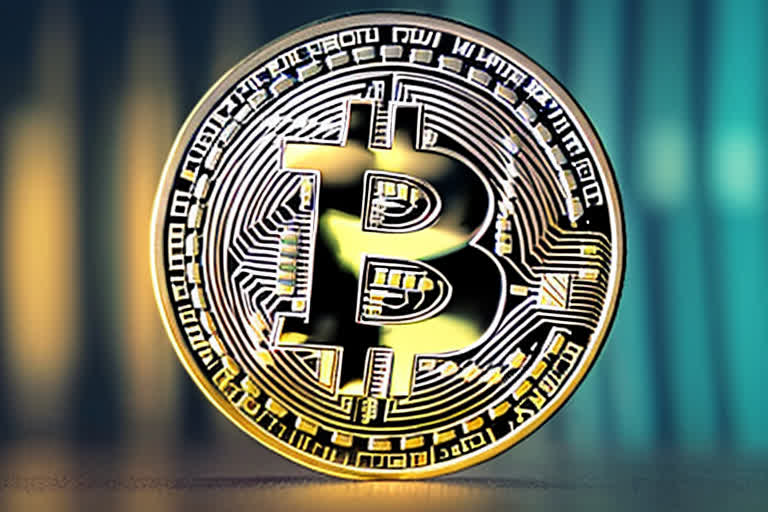
在加密货币与区块链的热潮中,KAI平台和MYTH合约备受关注。KAI平台以其独特的技术架构和创新模式,为用户提供了高效、安全的交易环境。而MYTH合约则凭借智能合约的特性,实现了更灵活的资产交互。二者的结合,无疑为加密领域注入了新的活力。了解KAI平台与MYTH合约,探索加密世界的无限可能。
数字货币百科
2025-03-07 12:25:01
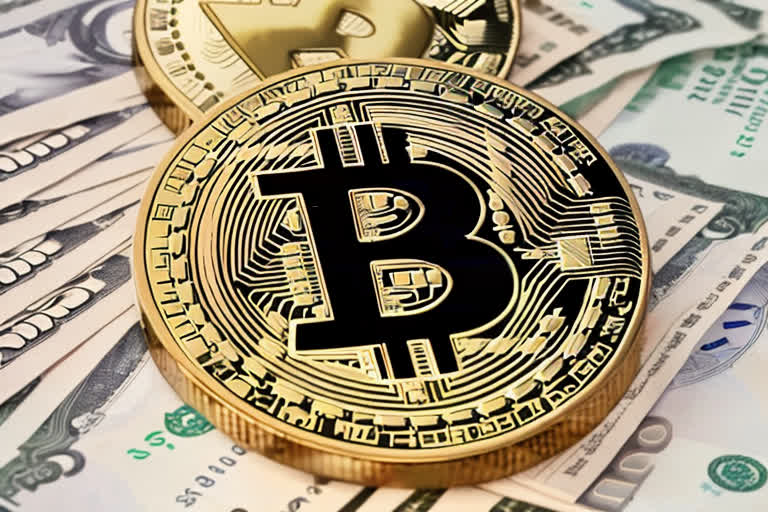
在加密货币领域,MOVR杠杆交易和XCAD交易平台备受关注。MOVR币自2018年上线以来,已在全球多家知名交易所上架,如币安、火币、OKEx等,部分平台还提供了MOVR的杠杆交易服务,像OKX在2024年1月上线了MOVR的U本位永续合约和杠杆交易。而XCAD交易平台也有着自身独特的魅力和交易机制。本文将为你深度剖析MOVR杠杆的玩法以及XCAD交易平台的优势,带你全面了解这两个热门话题,帮助你在加密市场中做出更明智的决策。DYOR,一起探索加密世界的新机遇!
交易所百科
2025-03-07 11:11:43
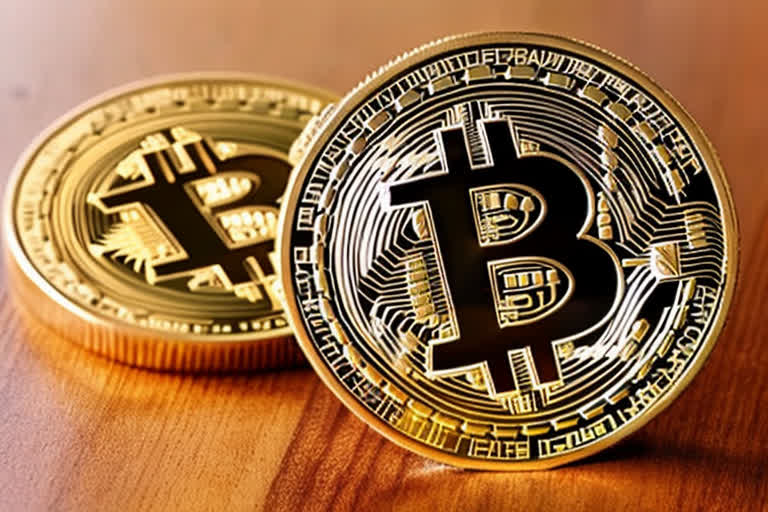
在加密货币的世界里,DOG币凭借其独特的魅力吸引了众多投资者的目光。而DOG交易平台则是进行DOG币交易的重要场所。本文将为你详细介绍DOG交易平台的相关信息,包括DOG币的特点、交易平台的选择要点等。让你在交易过程中少走弯路,更加从容地应对市场变化。无论你是新手还是有一定经验的投资者,都能从中获取有价值的信息,提升自己的交易能力。
数字货币百科
2025-03-07 17:33:38
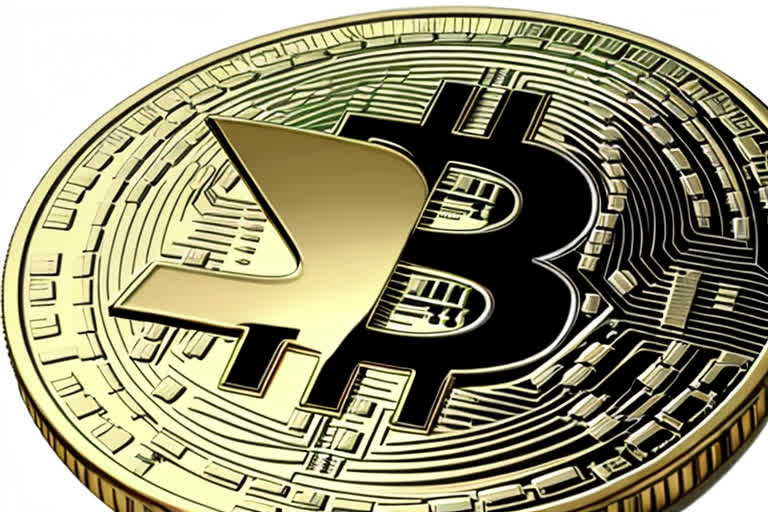
在当今的金融市场中,ALPACA交易和WUSD交易平台逐渐成为投资者关注的焦点。ALPACA作为一个开发者优先的API经纪平台,支持全球业务,通过现代API提供股票和加密交易、实时市场数据和端到端经纪基础设施,其业务范围覆盖近30个不同国家的企业,且已筹集超过1.2亿美元资金,获得众多全球顶级投资者支持。而WUSD交易平台也有着自身独特的交易模式和特点。对于投资者来说,了解这两者的优势和潜在风险至关重要。深入剖析ALPACA交易和WUSD交易平台的运行机制、交易规则、市场前景等内容,有助于投资者更好地把握
矿业知识
2025-03-03 19:50:51



通过OTC,投资者能够在不影响市场价格的情况下,完成大额比特币的买卖。今天,我就来给大家介绍两个OTC大宗交易最稳的渠道。
交易所知识
2025-04-09 13:52:04
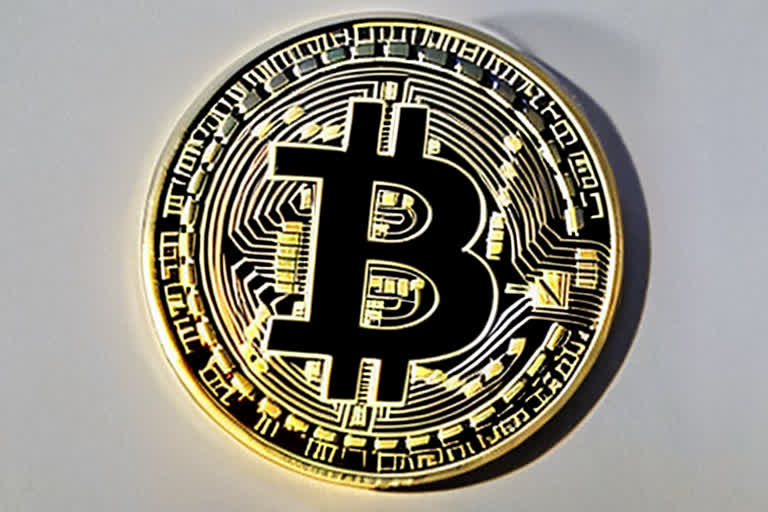
近期瑞波币在加密货币市场中表现亮眼,价格波动引发广泛关注。其价格曾大幅上涨,市值也有显著提升,吸引了众多投资者目光。然而,瑞波币并非没有回调风险。从市场供需来看,可能存在供给增加或需求减弱的情况,大型持有者抛售也会加大抛售压力。宏观市场环境方面,整个加密货币市场的调整,比特币等主流币的价格波动,都可能影响瑞波币。此外,技术指标如RSI接近超买区域,也是回调的潜在信号。投资者需密切关注瑞波币动态,谨慎评估回调可能性,做好风险把控。
区块链知识
2025-03-03 20:35:16
推荐专栏
热门币种
更多

币种
美元价格
24H涨跌幅
热搜币种
更多 

币种
美元价格
24H涨跌幅
最新快讯
更多

2025-07-21 11:56:21
2025-07-21 11:53:05
2025-07-21 11:53:02
2025-07-21 11:40:16
2025-07-21 11:27:18
2025-07-21 11:20:57
2025-07-21 11:17:46




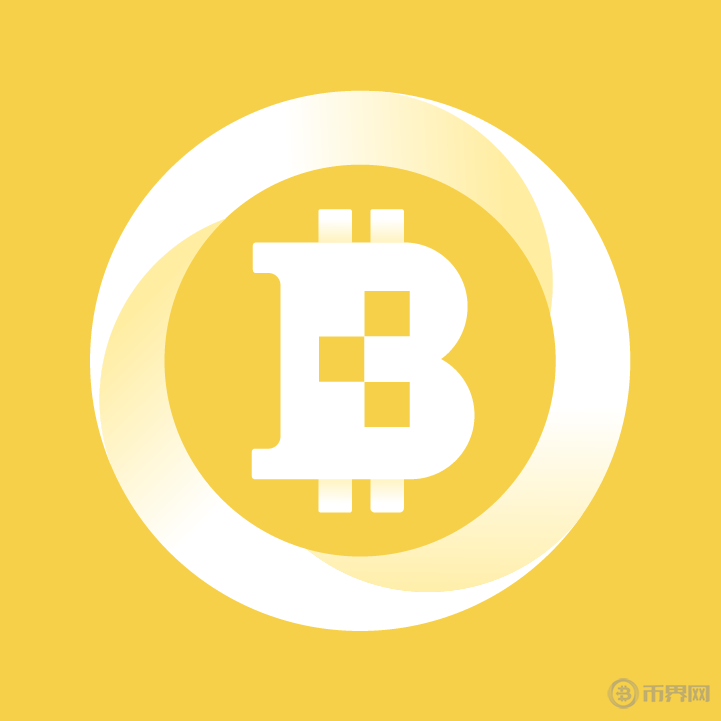
 苹果下载
苹果下载
 安卓下载
安卓下载

